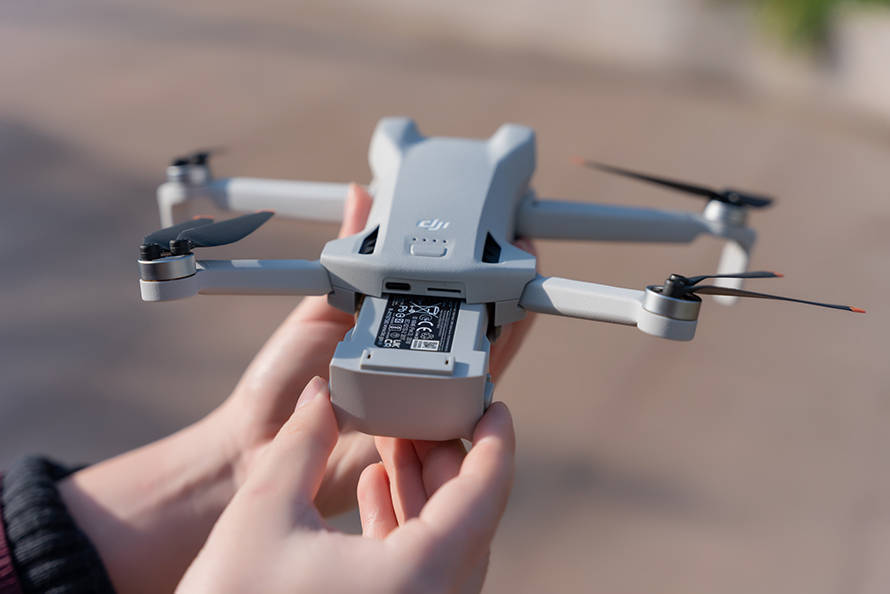Drone soccer, an exhilarating blend of aerial agility and competitive strategy, is rapidly growing in popularity among technology enthusiasts and sports fans alike. Combining the excitement of flying drones with the tactical elements of soccer, drone soccer offers a unique experience that appeals to both players and spectators. The game revolves around using drones to score goals against opponents, all while navigating through challenging aerial obstacles.
The Basics of Drone Soccer
Drones, particularly quadcopters, serve as the key players in drone soccer matches. Equipped with propellers and a net-like enclosure to protect sensitive components, these drones are designed for durability and precision. Teams typically consist of four to six players, each controlling their drone to maneuver it skillfully through a designated arena. The objective is to score goals against opponents by flying the drone through a circular hoop suspended in the air. This requires adept control and strategic planning, similar to traditional soccer.
Strategies and Techniques

Drone soccer demands a keen understanding of aerial dynamics and spatial awareness. Players must master intricate maneuvers such as hovering, rapid ascents, and sharp turns to outsmart competitors. Effective communication and coordination among team members play a crucial role, similar to passing and positioning in regular soccer matches. Teams often develop customized strategies, balancing offensive plays with defensive tactics to safeguard their goals.
Equipment and Technology
Modern drone soccer involves state-of-the-art technology that enhances gameplay. High-definition cameras and real-time broadcasting capabilities allow spectators to experience the action from unique angles. Advanced sensors provide valuable data on speed, altitude, and position, enabling players to make informed decisions. These technological innovations not only make the game more accessible but also contribute to its evolution and increasing popularity.
The Rise of Competitive Drone Soccer
As drone technology advances, competitive leagues and international tournaments emerge, drawing participants from various backgrounds. Enthusiasts, engineers, and athletes come together to test their skills in this exhilarating sport, fostering a sense of community. The World Air Sports Federation, along with other organizations, supports and regulates drone soccer events, ensuring fair play and adherence to safety standards.
Drone soccer’s appeal extends beyond entertainment; it serves as an educational tool promoting STEM (Science, Technology, Engineering, and Mathematics) learning. Students engage with physics, engineering principles, and programming as they design, build, and operate drones, encouraging innovation and critical thinking.
- Environmental Considerations: While drone soccer is immensely fun, attention to environmental impact and the sustainability of drone batteries is vital.
- Drone Safety: Adhering to safety protocols is crucial for a secure and enjoyable experience in teams and leagues.
Frequently Asked Questions
What is the required equipment for playing drone soccer?
A standard drone soccer setup includes quadcopters encased in protective frames, controllers, and a digital arena system for tracking scores and flight paths.
How can beginners start with drone soccer?
Beginner enthusiasts should start with basic quadcopter models, gradually progressing to advanced drones as skills improve. Joining local clubs or online forums helps newcomers connect with experienced players.
Are there official drone soccer competitions?
Yes, official drone soccer competitions are held globally, with rules and standards managed by recognized sports organizations. These events provide platforms for competitive play and community engagement.